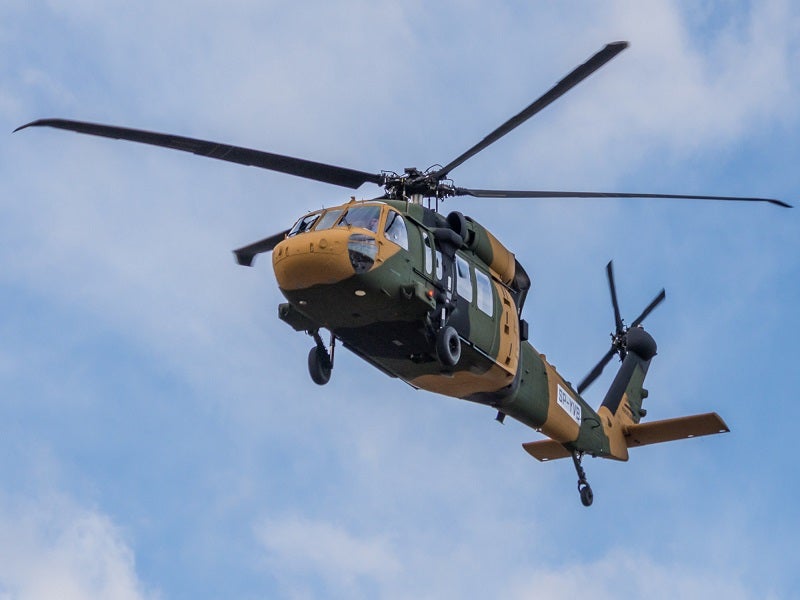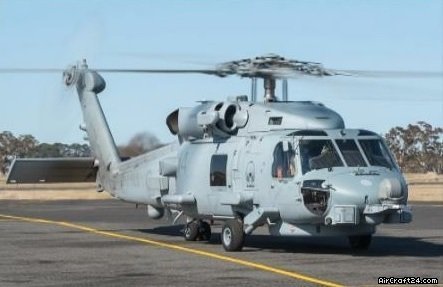Why the Sikorsky S 70 is the Preferred Choice for Modern Helicopter Missions
Rotary-Wing Airplane Offering Superior Longevity and Accuracy Design
In the world of aviation, rotary-wing aircraft have long been recognized for their unique capabilities in various operational environments. As we explore the elaborate balance between innovation and reliability in rotary-wing aircraft, it becomes evident that the convergence of sophisticated modern technology and tried and tested layout concepts has actually set a new standard for efficiency and performance in the aerospace sector.
Development of Rotary-Wing Innovation
Throughout the history of aviation, the evolution of rotary-wing modern technology has actually been a testimony to regular advancement and improvement in aeronautical design. From the very early days of vertical flight with primary designs to the sophisticated helicopters and various other rotary-wing aircraft of today, the progression in this area has been impressive.
In the very early 1900s, pioneers like Igor Sikorsky and Juan de la Cierva made substantial strides in rotary-wing modern technology. Sikorsky's VS-300 helicopter, first flown in 1939, noted an essential moment in the development of sensible rotary-wing aircraft. This success led the way for further innovations in upright trip capabilities.

Today, rotary-wing aircraft play vital functions in various sectors, including army procedures, emergency clinical services, police, and business transport. The development of rotary-wing modern technology continues to push the limits of what is feasible in upright trip, ensuring that these aircraft remain vital properties in the aeronautics market.
Products and Building And Construction Innovations
Showing a blend of cutting-edge products and exact building and construction strategies, rotary-wing airplane have actually undertaken considerable innovations in durability and performance. One of the key innovations in materials used for rotary-wing airplane is the raising application of composite products. These products, such as carbon fiber reinforced polymers, provide a high strength-to-weight ratio, enhancing both the architectural honesty and general performance of the aircraft. Additionally, advancements in making procedures have enabled more exact and complex building of rotary-wing components, contributing to boosted the rules of aerodynamics and efficiency.
Furthermore, the assimilation of sophisticated coatings and surface area treatments has actually played a vital role in enhancing the longevity of rotary-wing aircraft. These layers supply protection versus corrosion, abrasion, and extreme climate conditions, expanding the life expectancy of the airplane and reducing upkeep demands.
In regards to building and construction advancements, additive manufacturing, likewise referred to as 3D printing, has changed the production of complicated parts for rotary-wing aircraft. This innovation permits for rapid prototyping and personalization, leading to quicker advancement cycles and reduced costs. In general, the continual evolution of materials and building techniques is driving the capabilities and efficiency of rotary-wing airplane to brand-new heights.
Precision Flight Control Systems

The combination of GPS technology further boosts the precision and reliability of these systems, permitting specific navigating, waypoint tracking, and automated trip control. sikorsky s 70. This level of precision not just boosts the security of rotary-wing operations yet likewise improves total operational performance and objective effectiveness
In addition, the constant advancements in fabricated knowledge and maker learning have assisted in the development of independent flight capacities within Precision Trip Control Systems. This makes it possible for rotary-wing aircraft to execute complex goals with unequaled accuracy and uniformity, making them essential properties in a broad array of applications, including armed forces procedures, search and rescue objectives, and airborne photography.
Toughness in Challenging Atmospheres
Popular functional setups, rotary-wing aircraft demonstrate exceptional durability and effectiveness, ensuring ideal efficiency under challenging environmental problems. These airplanes are designed a fantastic read to endure a broad variety of ecological factors, including extreme temperature levels, high winds, and harsh surface, making them well-suited for different objectives in varied landscapes.
One key element contributing to the longevity of rotary-wing aircraft is their sturdy construction. These aircraft are built utilizing top notch products and progressed design strategies to boost their architectural integrity and reliability. Additionally, elements such as rotor blades, engine systems, and touchdown equipment are diligently designed to withstand the stress and anxieties come across throughout procedures in difficult atmospheres.
Additionally, rotary-wing aircraft are geared up with advanced onboard systems that monitor performance metrics in real-time, permitting positive upkeep and early detection of possible problems - sikorsky s 70. This aggressive technique assists avoid unexpected failings and makes certain the ongoing airworthiness of the airplane in demanding operational setups. Generally, the toughness of rotary-wing airplane in challenging environments is a testimony to their remarkable engineering and layout, making them crucial properties for different mission-critical operations
Upkeep and Integrity Criteria
The adherence to stringent upkeep and dependability standards is extremely important in making sure the optimal efficiency and security of rotary-wing aircraft. Routine upkeep checks, conducted by certified technicians, are necessary to recognize and deal with any kind of prospective issues before they compromise the aircraft's functionality. These checks include a comprehensive assessment of all essential elements, including the engine, rotor system, avionics, and hydraulic systems, to assure that they are in prime functioning condition.
Additionally, adherence to set up maintenance periods according to maker standards is important for upholding the aircraft's reliability. This aggressive approach assists protect against unexpected malfunctions and ensures that the aircraft stays airworthy for its desired missions. Furthermore, the execution of robust dependability requirements, such as regular part screening and substitute based upon predetermined lifecycles, additionally boosts the aircraft's reliability.
Final Thought

Finally, the developments in rotary-wing aircraft innovation have actually brought about superior longevity and precision design. With innovative products and building techniques, along with precision trip control systems, these airplane can run in tough environments with increased dependability. The upkeep and integrity criteria make certain that these rotary-wing airplane proceed straight from the source to execute at their best, making them important possessions for different markets.
Demonstrating a fusion of advanced materials and precise building and construction strategies, rotary-wing airplane have undergone significant advancements in durability and efficiency. One of the vital advancements in materials used for rotary-wing airplane is the raising use of composite materials.With meticulous focus to detail and progressed technical combination, rotary-wing aircraft have actually accepted Precision Trip Control Solution as a cornerstone of their functional excellence. Overall, the longevity of rotary-wing Continue airplane in challenging environments is a testament to their superior design and style, making them essential properties for different mission-critical operations.
In verdict, the developments in rotary-wing aircraft innovation have actually led to remarkable longevity and accuracy design.